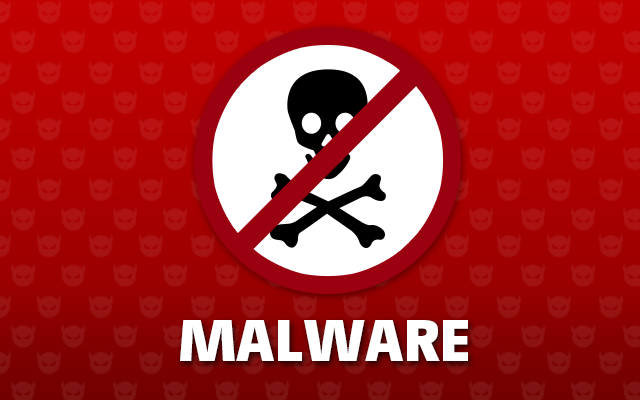7 Signs You Have Malware and How to Get Rid of It
PC acting strange? These warning signs could mean that your PC's security has been compromised. Here's what to do.
Computers are complicated devices. They don't always do precisely what you expect. Sometimes an unexpected behavior is just a glitch; other times, it's an outward and visible sign of an inward and terrible malware infestation. If you notice any of these seven warning signs, it could mean that malware has compromised your system's security.
The fact that you've got malware protection installed doesn't mean you can ignore these warning signs. Software isn't perfect, and sometimes a brand-new malware attack can slip past your security.
1. Popup Ads Start Popping Up Everywhere
While not as common as they used to be, adware programs bombard their victims with advertisements. Sometimes they're ads for legitimate products, netting an affiliate fee for the adware perpetrator. Other times they contain links to malicious websites that will attempt to drop more malware on your PC.
2. Your Browser Keeps Getting Redirected
Not every site redirect is malicious, but if you find that trying to reach Google takes you to an unfamiliar search site, you've got a problem. Sometimes the redirection is less noticeable. For example, a banking Trojan might divert your browser to a fraudulent site that looks just like your bank's real site. In that case your only clue is the unfamiliar URL in the Address bar. Redirection attacks often rely on browser extensions, so if you suspect a problem, dig into your browser settings and disable or delete any extensions you didn't install deliberately.
3. An Unknown App Sends Scary Warnings
Creating and distributing fake antivirus programs is a lucrative business. The perpetrators use drive-by downloads or other sneaky techniques to get the fake antivirus onto your system, then display scary warnings about made-up threats. Naturally you have to register a payment before the fraudulent tool will "fix" the problem. And of course, scanning for malware with the fake AV is super-fast, since it's not actually doing anything.
4. Mysterious Posts Appear on Your Social Media
Malware focused on Facebook and other social media sites propagates by generating fake posts. Typically, these posts include an inflammatory statement of some kind, like "OMG were you really that drunk? Look at this picture!" Anyone who falls for the fake and clicks the link becomes the malware's next victim.
5. You Get Ransom Demands
Some malware programs literally hold your PC or data for ransom. Overt ransomware threats may encrypt all your pictures and documents and demand that you pay to get them back. Others try to obscure what they're doing. For example, they may display a warning, purportedly from the FBI or another agency, stating that your computer was used to send spam or view porn, and demanding that you pay a fine before you're allowed to use it again. Of course, even if you do pay, you may not get your documents back. Antivirus apps and security suites should protect against most malware, but you can also double down on safety with dedicated ransomware protection software.
6. Your System Tools Are Disabled
A smart user, suspecting the presence of malware, might launch Task Manager to investigate, or check settings using Registry Editor. If you suddenly find that trying to use these or other system tools triggers a message saying your Administrator has disabled them, it may well be an attempt at self-defense by malware on your system.
7. Everything Seems Perfectly Normal
That's right. Some types of malware do their best to hide all activity, leaving no visible traces. Even when you don't notice anything unusual, it's possible that a bot on your system may be quietly awaiting instruction from its command and control system. A Remote Access Trojan (or some other form of spyware) may be harvesting your personal information.
So, You've Got Malware. Now What?
If you think that malware has taken up residence in your PC, install a powerful antivirus application or security suite immediately. Already got one? Then apparently the malware got past its protection. Make sure your antivirus is fully up to date, and run a full scan.
If you still have an unwanted app your regular security software can't get rid of (or you just want to be doubly sure your system is clean) you can scan your PC again with an on-demand cleanup tool, such as Malwarebytes. Do whatever it takes to get that nasty, malicious program out of your system as soon as possible, before it invites friends to make your security problems even worse.

Comments
Post a Comment